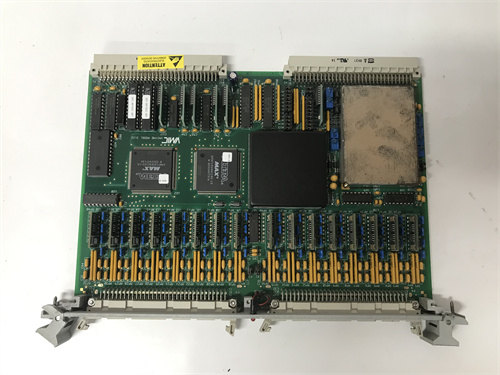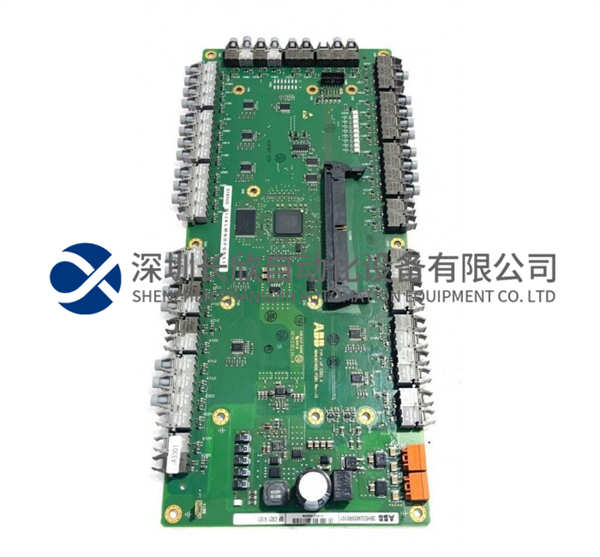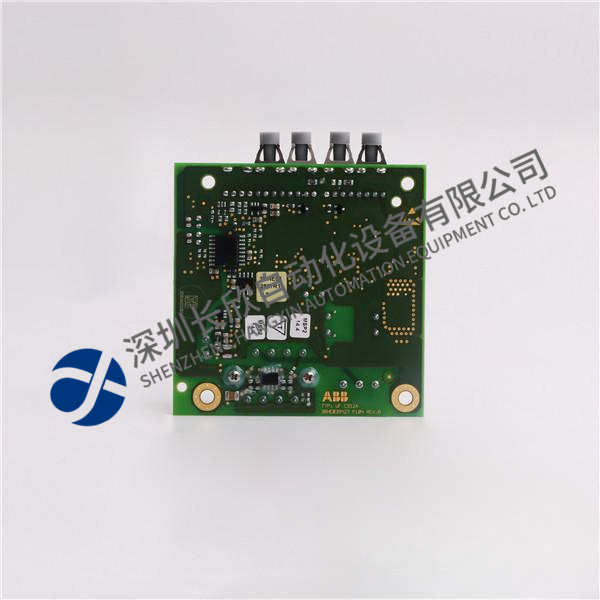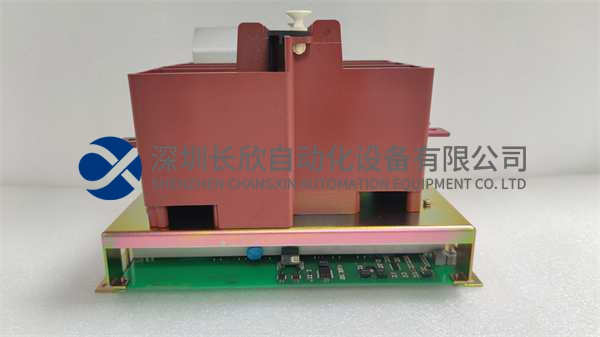描述
GE MIGIIQI55E00HI00是一款高性能工业电源模块,专为复杂工业环境设计,具备高效率、宽范围兼容性及高可靠性。以下是其核心功能与技术特性概述:
一、核心功能与定位
电源转换
-输入输出:支持宽电压输入(85-264V AC),输出24V DC/10A稳压电源,适用于工业控制器、传感器及执行机构供电。
-效率与功率:满载效率≥90%,功率密度高,尺寸紧凑(约150mm×80mm×40mm)。
保护与安全
-多重防护:集成过流、过压、短路、过温保护,支持输入反接保护及输出短路自恢复功能。
-EMC兼容性:通过工业级电磁兼容测试,抗干扰能力强,适用于噪声复杂的工厂环境。
环境适应性
-宽温工作:-40℃至+70℃宽温范围,满足极端气候条件需求。
-防护等级:IP55防尘防水设计,符合工业设备防护标准。
二、技术参数与性能
电气特性
-输入电压:85-264V AC(50/60Hz)
-输出电压:24V DC±2%(可定制其他电压等级)
-纹波噪声:≤50mVp-p
-动态响应:负载变化时电压恢复时间<10ms。
通信与扩展
-协议支持:兼容Modbus RTU/ASCII、CANopen通信协议,可远程监控电压、电流、温度等参数。
-接口配置:4个数字输入/输出(DI/DO)接口,支持设备状态反馈与控制信号交互。
认证与标准
-符合IEC 60947-5-2、UL 508C、EN 60204-1等国际标准,确保多地区合规应用。
三、应用场景与优势
工业自动化
-为PLC、伺服驱动器、变频器等核心设备供电,保障生产线稳定运行。
-适用于机器人、数控机床、包装机械等高精度场景。
能源与通信
-为通信基站、光伏逆变器提供可靠电源,支持不间断供电需求。
-用于轨道交通信号系统,满足高可靠性要求。
医疗与安全设备
-为医疗影像设备、安防监控系统供电,确保连续运行与数据安全。
四、技术优势
高效率与节能:采用同步整流技术,降低能耗,减少设备散热需求。
模块化设计:支持并联冗余配置,提升系统可用性。
智能监控:通过通信接口实现远程故障诊断与维护,降低停机时间。
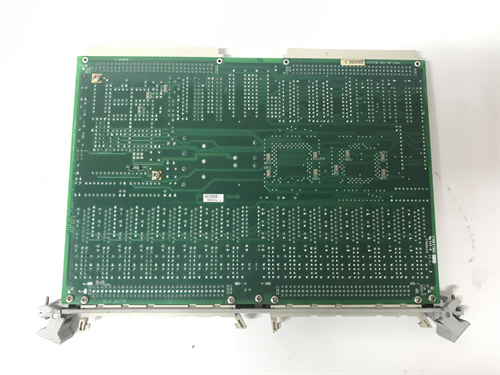
GE MIGIIQI55E00HI00 is a high-performance industrial power module designed for complex industrial environments with high efficiency,wide range compatibility and high reliability.The following is an overview of its core functions and technical features:
I.Core functions and positioning
Power conversion
-Input and output:supports wide voltage input(85-264V AC),outputs 24V DC/10A regulated power supply,suitable for powering industrial controllers,sensors and actuators.
-Efficiency and power:full load efficiency≥90%,high power density,compact size(about 150mm×80mm×40mm).
Protection and safety
-Multiple protection:integrated over-current,over-voltage,short-circuit,over-temperature protection,supports input reverse connection protection and output short-circuit self-recovery function.
-EMC compatibility:passed industrial-grade electromagnetic compatibility test,strong anti-interference ability,suitable for factory environments with complex noise.
Environmental adaptability
-Wide temperature operation:-40℃to+70℃wide temperature range,meeting the needs of extreme climate conditions.
-Protection level:IP55 dustproof and waterproof design,in line with industrial equipment protection standards.
2.Technical parameters and performance
Electrical characteristics
-Input voltage:85-264V AC(50/60Hz)
-Output voltage:24V DC±2%(other voltage levels can be customized)
-Ripple noise:≤50mVp-p
-Dynamic response:voltage recovery time<10ms when load changes.
Communication and expansion
-Protocol support:compatible with Modbus RTU/ASCII,CANopen communication protocols,can remotely monitor parameters such as voltage,current,temperature,etc.
-Interface configuration:4 digital input/output(DI/DO)interfaces,support device status feedback and control signal interaction.
Certification and standards
-Comply with international standards such as IEC 60947-5-2,UL 508C,EN 60204-1,etc.,to ensure compliance applications in multiple regions.
3.Application scenarios and advantages
Industrial automation
-Power core equipment such as PLC,servo drive,inverter,etc.to ensure stable operation of production lines.
-Suitable for high-precision scenarios such as robots,CNC machine tools,packaging machinery,etc.
Energy and communication
-Provide reliable power for communication base stations and photovoltaic inverters to support uninterrupted power supply needs.
-Used in rail transit signal systems to meet high reliability requirements.
Medical and safety equipment
-Power medical imaging equipment and security monitoring systems to ensure continuous operation and data security.
4.Technical advantages
High efficiency and energy saving:Synchronous rectification technology is used to reduce energy consumption and reduce equipment heat dissipation requirements.
Modular design:Supports parallel redundant configuration to improve system availability.
Intelligent monitoring:Remote fault diagnosis and maintenance are achieved through communication interfaces to reduce downtime.

